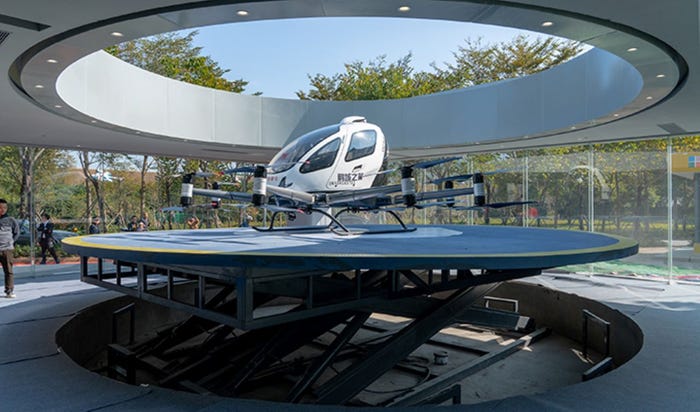Shapeshifting Robot Can Morph From a Liquid to a SolidShapeshifting Robot Can Morph From a Liquid to a Solid
The sea cucumber-inspired robots are also magnetic and can conduct electricity
.png?width=1280&auto=webp&quality=95&format=jpg&disable=upscale)
A new shape-shifting robot can reversibly morph between liquid and solid shapes.
The novel design was created by a team of engineers from The Chinese University of Hong Kong and Carnegie Mellon University.
Inspired by sea cucumbers’ ability to go both soft or rigid depending on its environment, the miniature robot was built using magnetic particles in gallium, a metal with a very low melting point. Controlled using a magnetic field, the team can reform the robot from a liquid to a solid state.
“The magnetic particles here have two roles,” said Carmel Majidi, senior author and mechanical engineer at Carnegie Mellon University. “One is that they make the material responsive to an alternating magnetic field, so you can, through induction, heat up the material and cause the phase change. But the magnetic particles also give the robots mobility and the ability to move in response to the magnetic field.”
To test the robot’s capabilities, the team put the robot through an obstacle course of shape-morphing tests, including getting through the bars of a mini prison in an homage to Terminator 2.
“Giving robots the ability to switch between liquid and solid states endows them with more functionality,” said Chengfeng Pan, study lead from the Chinese University of Hong Kong.
Traditional, hard-bodied robots can have the downside of being inflexible and stiff, while soft robots can see the opposite problem of being flexible but weak and difficult to control. By creating a robot that is both, the team hopes to provide users with an entirely multi-use design.
“Now, we’re pushing this material system in more practical ways to solve some very specific medical and engineering problems,” said Pan.
Specifically, the robot could be used to perform non-invasive surgeries or targeted drug deliveries, or act as smart soldering robots for wireless circuit assembly and repair or as a universal mechanical “screw” for assembling parts in hard-to-reach spaces.
“Future work should further explore how these robots could be used within a biomedical context,” said Majidi. “What we're showing are just one-off demonstrations, proofs of concept, but much more study will be required to delve into how this could actually be used for drug delivery or for removing foreign objects.”
About the Author
You May Also Like








